Science tells us carbon sinks determine the quality of our very existence. And yet, the average Belizean might struggle to identify one. That will have to change if Belizeans want to keep telling a victorious story about our Belize Barrier Reef.
Carbon held in the ocean, coastal wetlands, seagrass beds, and their sediments surpass the planet’s forests in the rate of sequestration; blue carbon. Leveraging blue carbon will require ambitious conservation-forward policies to maintain and restore coastal and marine ecosystems to mitigate the crippling effects of the climate crisis. But for those policies to be realized, Belizeans will need to lead the change.
Big Biodiversity Needs Big, Aggressive Ambitions Too
“Of CARICOM’s continental countries, Belize is the Mesoamerica biodiversity hotspot. To protect its biodiversity, a nation like Belize also needs big ambitions to tackle the effects of environmental debts from a changing climate.”
Cari-Bois Writer Carolee Chanona
Of CARICOM’s continental countries, Belize is in the Mesoamerica biodiversity hotspot. To protect big biodiversity, a nation like Belize also needs big ambitions—especially to tackle behemoths like the disproportionally-felt effects of environmental debts from a changing climate. But don’t get me wrong, there have been innovative strides already; strategies to conserve its dazzling terrestrial and aquatic biodiversity are nothing new for Belize. We were the first to designate a Marine Protected Area (MPA) in Central America with Half Moon Caye Natural Monument in 1982, which also doubles as Belize’s first protected area.
Endowed with three of the Western Hemisphere’s four total atolls and the second-largest continuous coral reef in the world, it’s no wonder that Charles Darwin himself described the Belize Barrier Reef as “the most remarkable reef in the West Indies” more than 180 years ago. Besides the Belize Barrier Reef Reserve System’s (BBRRS) inherent beauty, coral reefs are of outsize importance for small island developing states and coastal states like Belize. Not to mention, over 400 coral and mangrove islands dot our 240-mile coastline; some inhabited, some not. Nearly half of the country’s population lives in coastal communities, which rely on marine ecosystems for income, food, and flood protection. Tourism accounts for close to 45% of the country’s economy, and a quarter of that is estimated to depend on coral reefs alone.
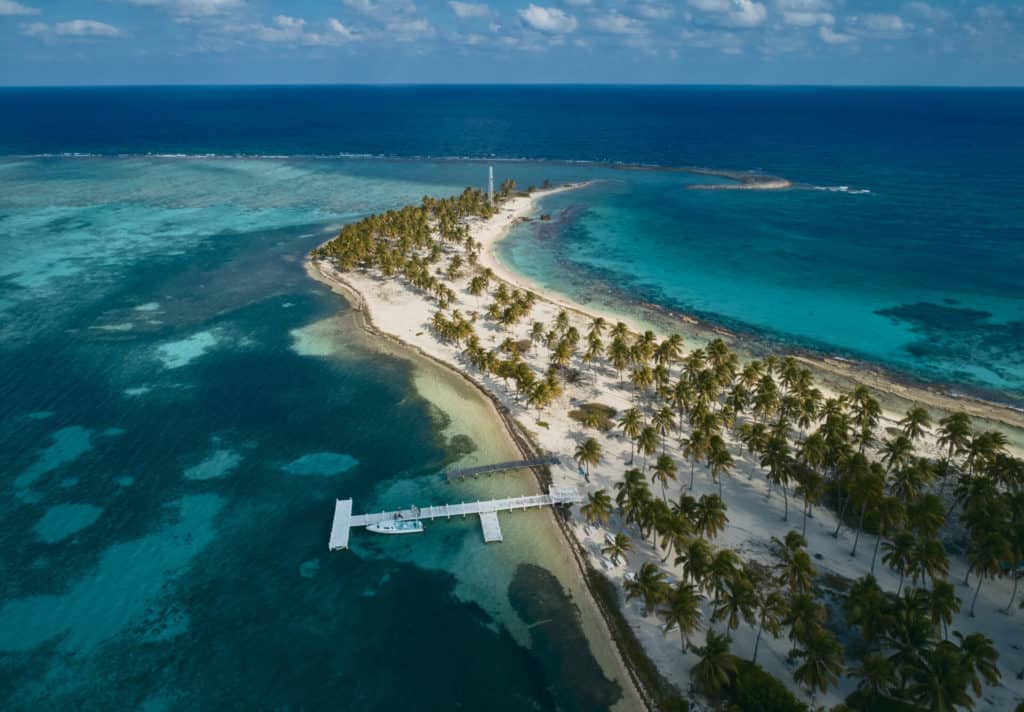
(Image: Belize Audubon Society)
All that is why in December 2017, we became the world’s first country to reject all offshore oil after years-long opposition with a landmark indefinite moratorium. Belize’s ‘Blue Bonds’ also represents the world’s largest debt restructuring for marine conservation to date, totaling a $364 million debt conversion that reduced Belize’s debt by 12% of GDP with long-term sustainable financing for conservation; in exchange, Belize committed to protecting at least 30% of its marine territory by 2026 from our current 15.9%, signing the swap with The Nature Conservancy (TNC) in November 2021 with an endowment fund of $23.5 million effective after 2040 to finance conservation.
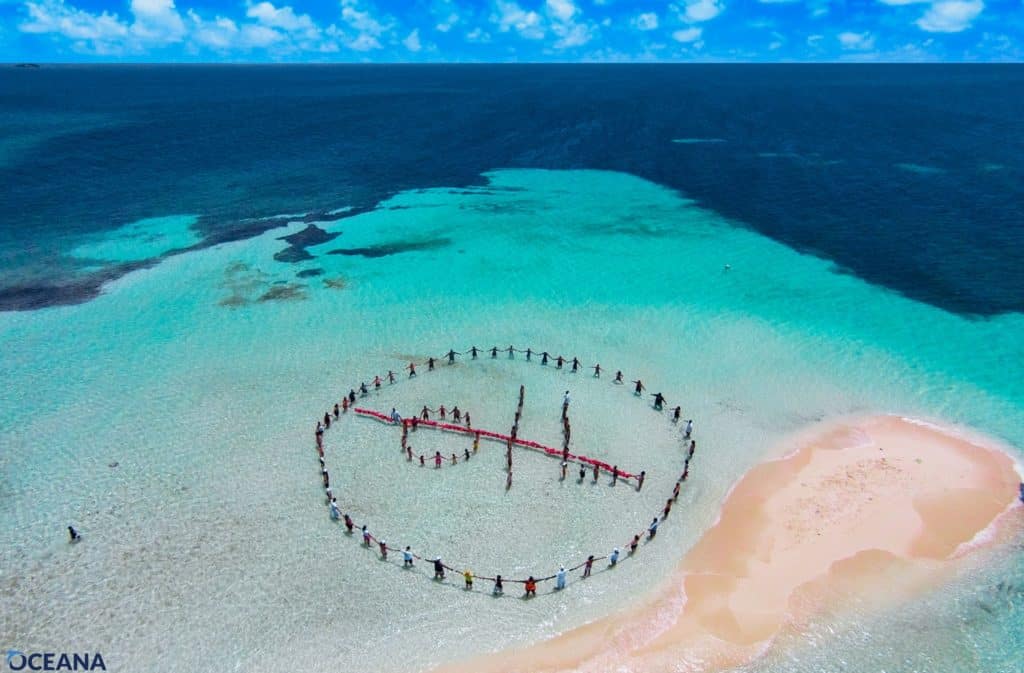
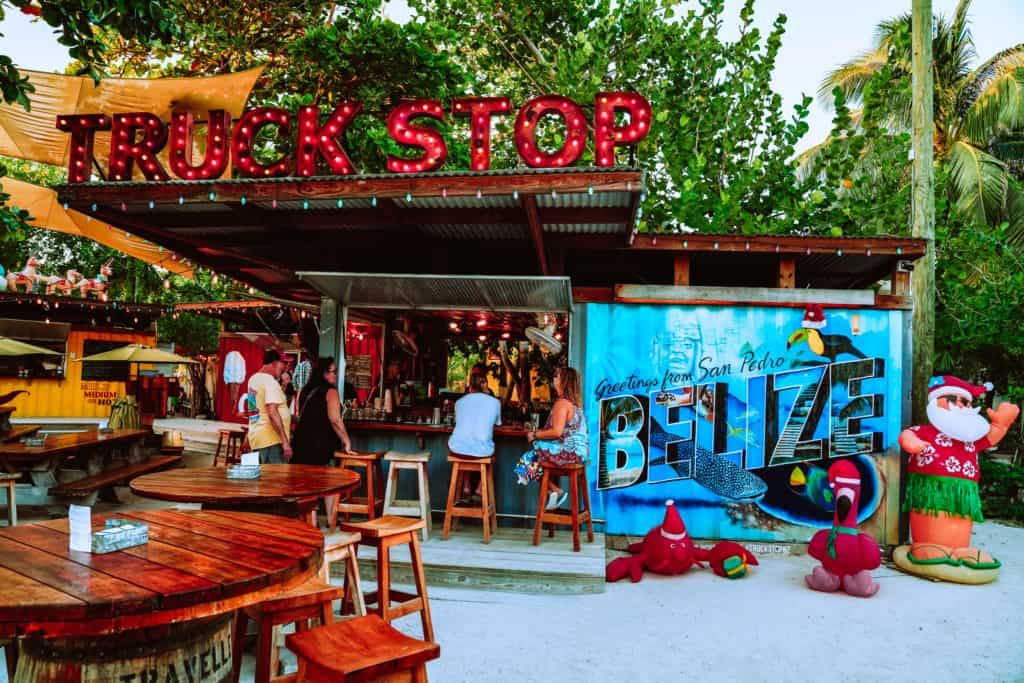
The Weight of Stewardship
Although a portion of the Belize Barrier Reef was designated a UNESCO World Heritage Site in 1996—seven Marine Protected Areas make up this reserve system—that portion was placed on the In Danger list for almost a decade after threats of irreversible damage from negative coastal development and oil exploration, as well as the absence of a solid regulatory framework. In June 2018, the government of Belize enacted critical regulations to protect the country’s mangroves and committed to legislating the current voluntary moratorium on selling public lands within the World Heritage site. It was then, and only then, Belize’s Barrier Reef Reserve System was removed from this list.
In November 17, 2022, Oceana Belize—one of the founders in the Coalition to Save Our National Heritage that lobbied for the ban in the first place—began collecting signatures to trigger a national referendum to decide if the offshore oil moratorium should be lifted after the Government confirmed intentions to conduct seismic surveys. Despite our strides as a nation, this situation puts into perspective that with one decision, our collective future with the Belize Barrier Reef would be on a slippery slope.
People power will be the only way to hold policymakers accountable.
But Belize’s Climate-Resilient Future Lies In Our Past
“We cannot jeopardize the resilience, adaptive capacity, and biodiversity of the Belize Barrier Reef…”
Cari-Bois Writer Carolee Chanona
To look at where we’re going, we need to look at where we’ve been—and acknowledge what doesn’t simply work. In 2020 ahead of TNC’s Blue Bonds, Belize’s public debt had reached $1.5 billion.
There is too much at stake, and the cost is simply one we cannot afford: Belizeans’ way of life.
Ultimately, it boils down to enforcing environmental laws, expanding protected areas and their (co)management reach, and sourcing “green” funding to ensure this. And with Belize acutely exposed to climate change’s threat of a rising sea, the clock is already ticking.
Weakened by coastal urbanization and coastal economic activities, anything except climate-forward policies put our coastal protection, food, recreation, and carbon sequestration at risk in Belize. We cannot jeopardize the resilience, adaptive capacity, and biodiversity of the Belize Barrier Reef. In April 2020, the Statistical Institute of Belize’s (SIB) External Trade Bulletin noted that Belize earned over forty million dollars in exports of nature-based goods and services for the month, with marine products, for example, accounting for $1.2 million dollars.
At the risk of being our own worse enemy, our nature-based economy and ecosystems already have enough stressors—without our help.
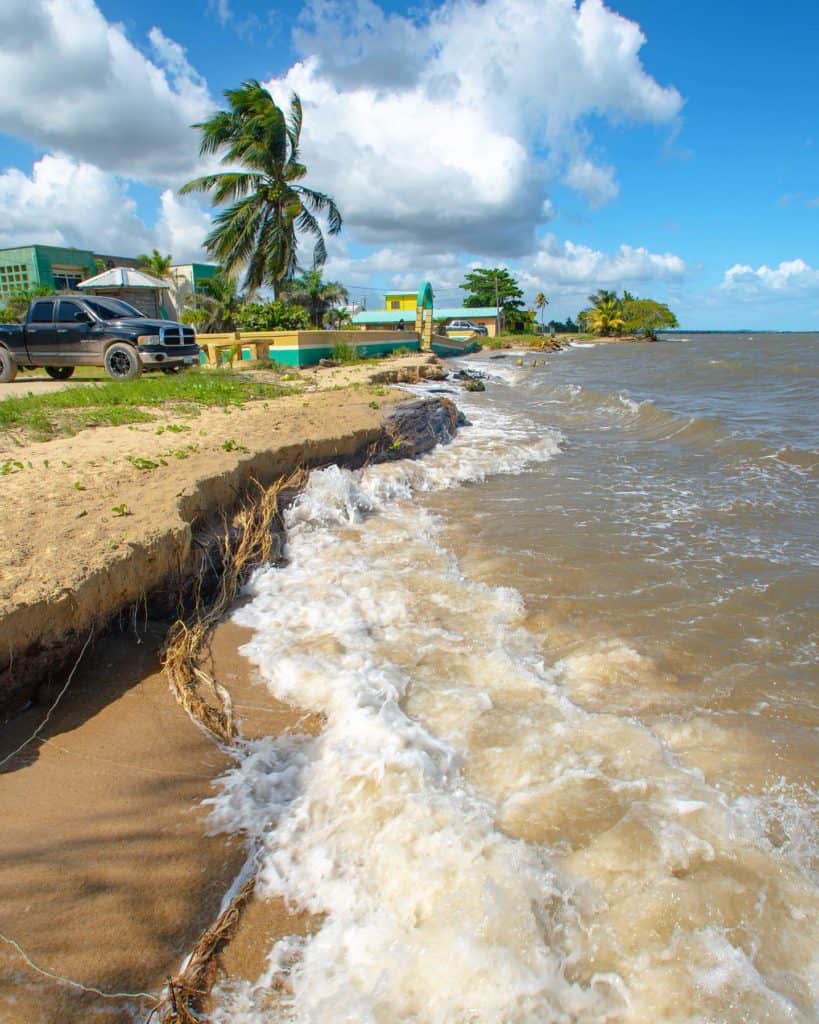
What’s At Stake
Seagrass beds and mangroves are usually the first ecosystems to go in the name of development, but if we don’t put the environment first, development won’t last. As dense aerial root systems, mangroves form a strong yet permeable barrier to waves and currents, lining our coastline to protect against erosion and climate change. Per acre, mangroves store three to five times more carbon in their soil than other tropical forests. It’s estimated that half the world’s mangroves have been lost in the past 50 years, yet Belize still retains a large proportion of its mangrove cover when compared with its regional neighbors says Dr. Leandra Cho-Ricketts, a Belizean marine ecologist and co-founder of the University of Belize Environmental Research Institute (UB-ERI).
Part of her research within the coastal resilience program consists of quantifying the carbon value of mangroves in Belize. “As a signatory to the Paris Agreement, Belize can include the protection of mangroves in its Nationally Determined Contribution (NDC).”
And meters beyond the algae, sponges, and sea anemones that envelop mangroves’ stilt roots, there’s another story at hand.
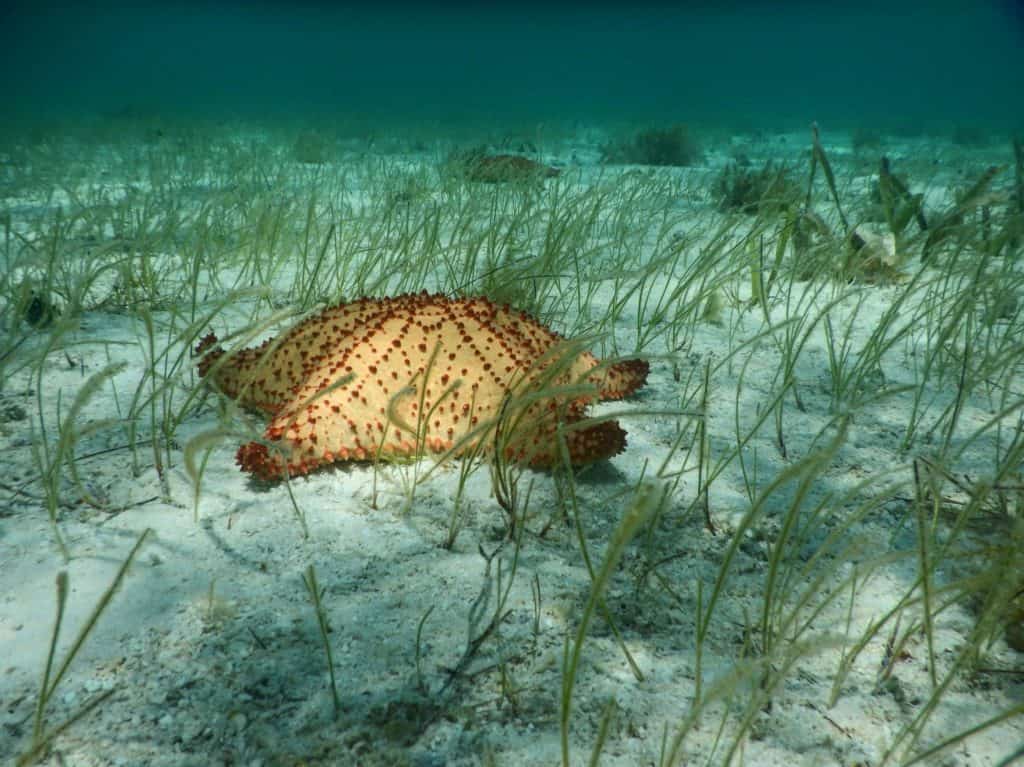
(Image: Constanza S. Mora/Unsplash)
Over 20 years of change in the benthic communities across the Barrier Reef was published in January 2022, and the decline is stark. Although there’s been an increase in fleshy and corticated macroalgae across most sites, reef-building coral cover—including massive corals Orbicella spp.—shrank from 13% to just 2%. Disease, storms, ocean warming, and pollution have caused the mass mortality of reef-building corals across the Caribbean over the last four decades, which means we need to work overtime. Investing in exhaustive and aggressive mitigation isn’t just possible, but critical.
We’ve seen the results of people power: Fragments of Hope (FOH), a non-profit community-based conservation model, transplanted fragments of Caribbean acroporids following Hurricane Iris in 2001. Many of the Placencia Village locals, a fishing village by trade, took on a defeatist mentality after the extensive damage, but they continued on with the pioneering coral transplant project. Now? The Laughing Bird Caye National Park, one of seven protected areas within Belize’s UNESCO-attested World Heritage Site of the BBRRS, has coral coverage of 60 percent, higher than the coverage before Hurricane Iris. And counting. “More coral equals more fish,” says Lisa Carne, FOH’s founder and lead scientist. “And it’s amazing how much of a difference you can make in a decade. We now have tour guides who can go out and show their guests a coral reef ecosystem, not just rubble.”
So forget the phoenix. Belize is poised to show the world that hope lies within.





